How to Recycle Different Types of Plastics
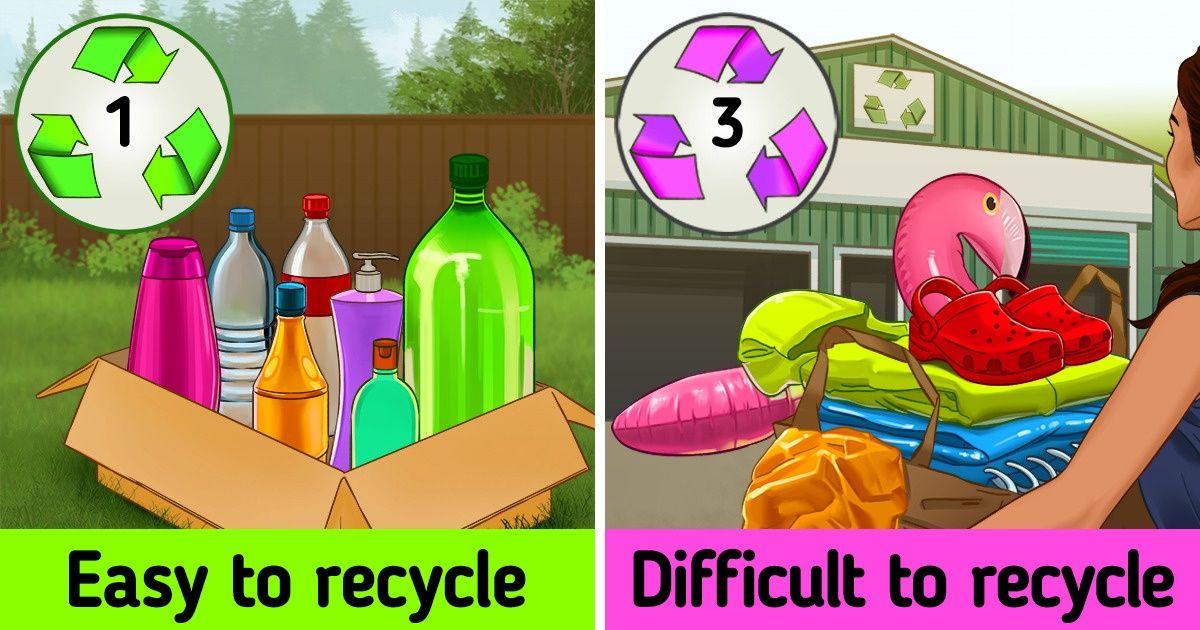
Plastic is present in clothing, toys, packaging, kitchen utensils, household items, and much more. However, it has also found its way into the streets and, even worse, into the oceans in the form of garbage. If you are passionate about sustainability and the environment, you just need to know what the different symbols mean so you can easily recycle products made from this material.
5-Minute Crafts wants to show you a mini-guide of different plastic materials and how to recycle them.
1. PET (polyethylene terephthalate)
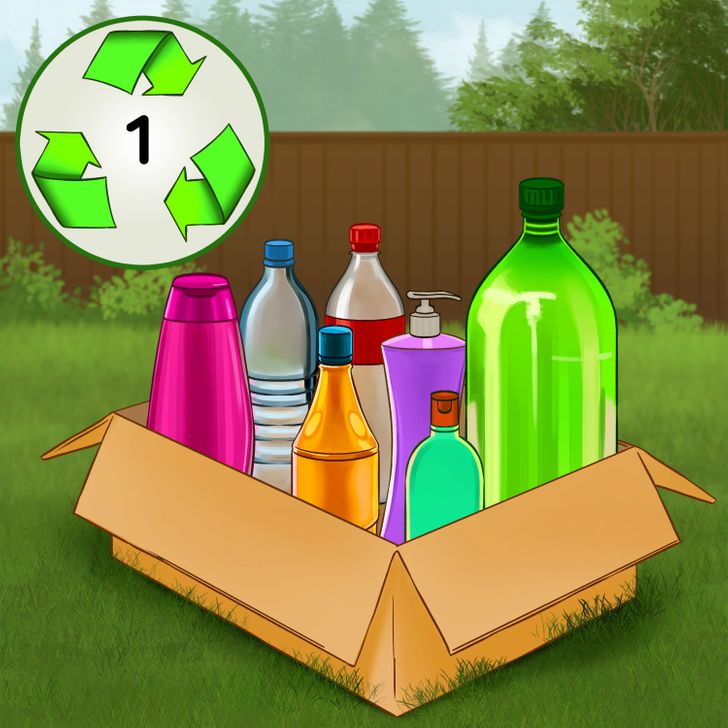
PET or PETE (polyethylene terephthalate) is the most common plastic because it is versatile, lightweight, strong, and easy to recycle. Some everyday items made from PET are beverage bottles, containers for shampoo, conditioner and other personal care products, polyester textile fibers, medicines, etc.
This material is marked with plastic code number 1. To recycle any item, always wipe excess food or any other liquid from the container, place it in a container and take it to a recycling center. Remember that polyester fabric is also made from PET, but it cannot be recycled like bottles or containers.
2. HDPE (high density polyethylene)
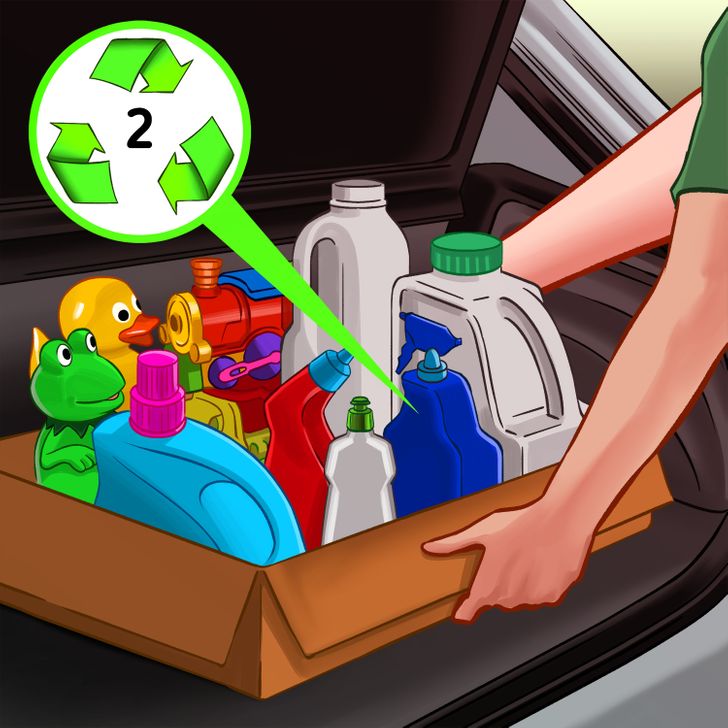
HDPE (high density polyethylene) is a versatile and durable plastic with a wide variety of uses. You can identify it by the plastic symbol number 2 inside the three triangle-shaped arrows. It is found in milk or juice jugs, detergent bottles and other household cleaners, children’s toys, plastic bags and garbage bags, among others.
This type of plastic can be taken to collection programs. But recycling centers usually only accept bottles and rigid containers. So avoid putting plastic bags or soft HDPE plastics in the container.
3. PVC (polyvinyl chloride)
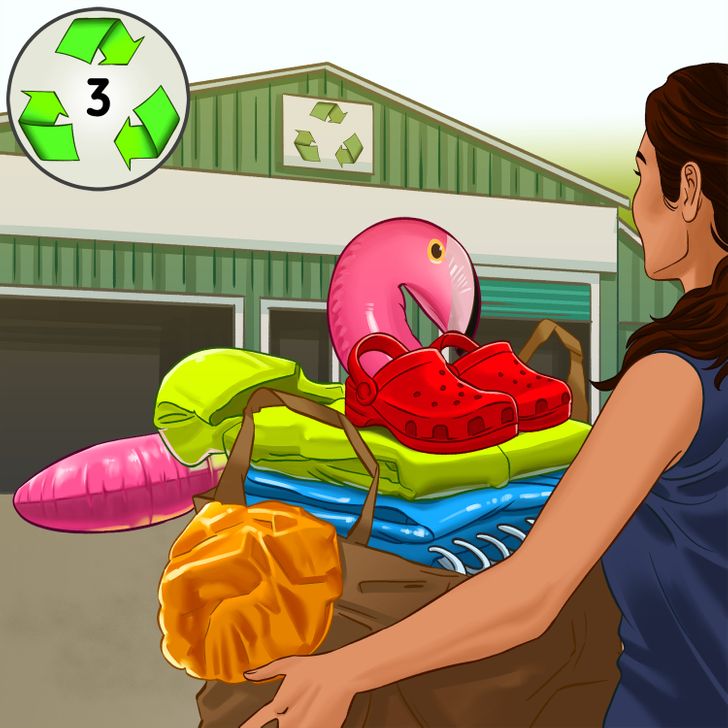
PVC (polyvinyl chloride) and V (vinyl) are quite strong, which is why they are used for pipes and siding. PVC is a little different from other plastics in that it uses chlorine as one of its main ingredients. This provides useful properties such as stability, water resistance, and flame retardancy. But chlorine also makes it dangerous to manufacture and to dispose of.
Other items that may include this material include bank or departmental cards, shoes, shower curtains, raincoats, inflatable products, paints, etc. This material can be identified with the number 3. This type of plastic can be recycled, however it depends a lot on the item and the recycling program, since sometimes a specialized center is needed.
4. LDPE (low density polyethylene)
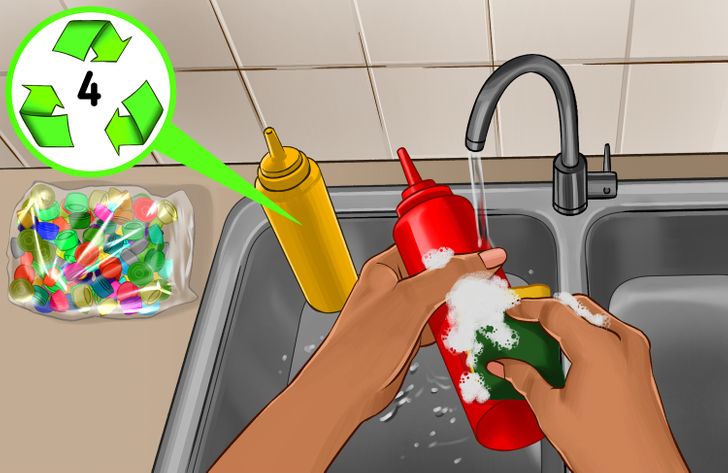
Number 4 LDPE (low density polyethylene) plastic is flexible and has many applications. Some common examples are condiment squeeze bottles, caps, children’s toys, plastic bags and general packaging. There are two types of LDPE: rigid and soft. Like HDPE, recycling programs often include rigid bottles and containers.
5. PP (polypropylene)
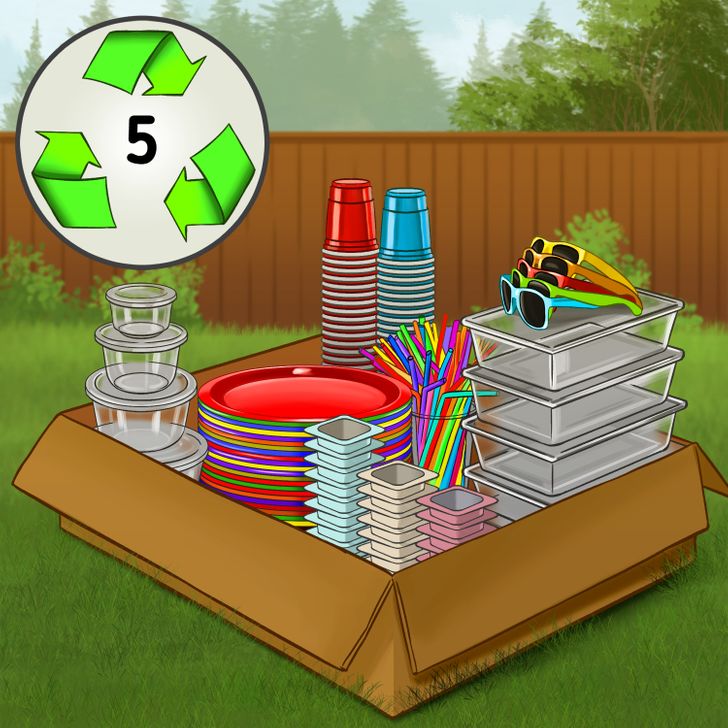
PP (polypropylene) is a thermoplastic and can be identified by the number 5 in the arrow symbol. The main difference with other plastics is that it has a much higher melting point. This makes it useful for hot materials, such as food containers.
Other items include yogurt or butter containers, bottle caps, straws, disposable cups and plates, sunglasses, plastic diapers, bank bills, thermal underwear, etc. Polypropylene plastic is recyclable. Recycling centers accept PP in its rigid form, but not in its flexible form.
6. PS (polystyrene)
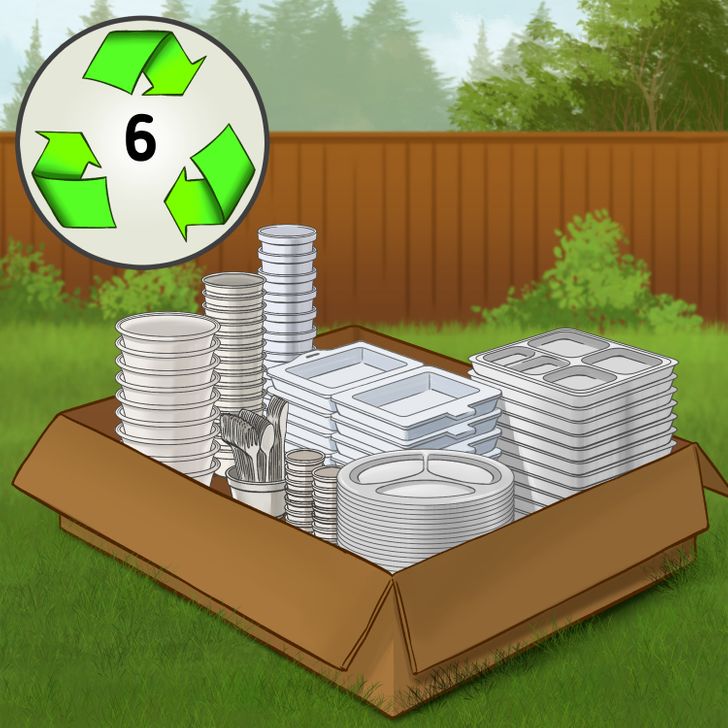
PS (polystyrene) is popularly known by the brand name Styrofoam. These white foam blocks are commonly used in take-out food packaging. Number 6 plastic can be recycled, but only at specialized centers. Recycling programs do not allow polystyrene because it is difficult to separate and can contaminate other recycling materials.
7. Other plastics
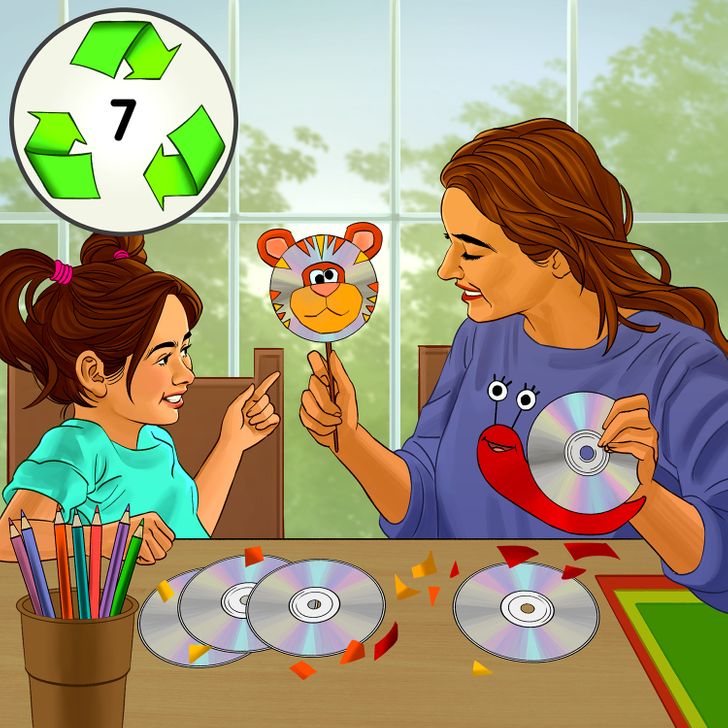
Basically, all types of plastics other than 1 to 6 fall under this general code. Innovation and development in plastics has made this a very broad and diverse category. Some common plastics within this group are nylon, polycarbonate or melamine. These items can be quite difficult to recycle. So it is good to reuse or repair number 7 plastic-based items instead of throwing them away.